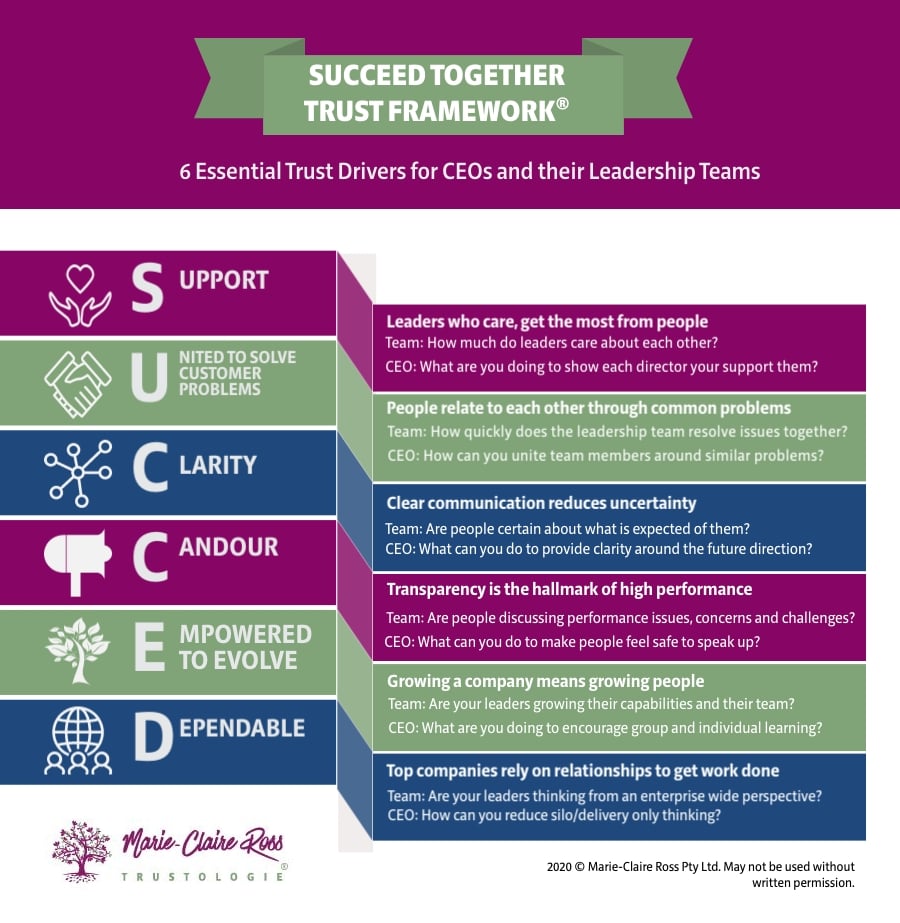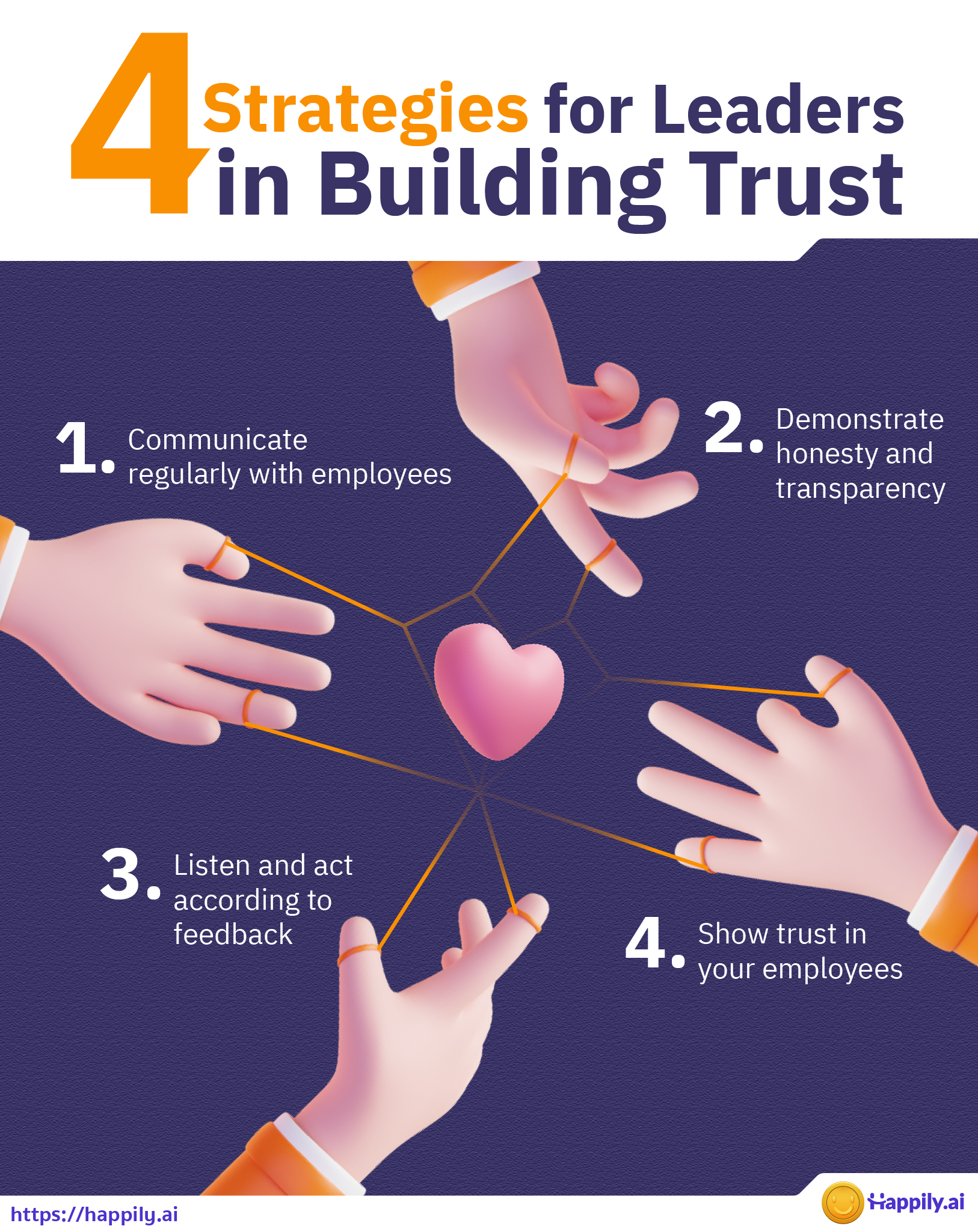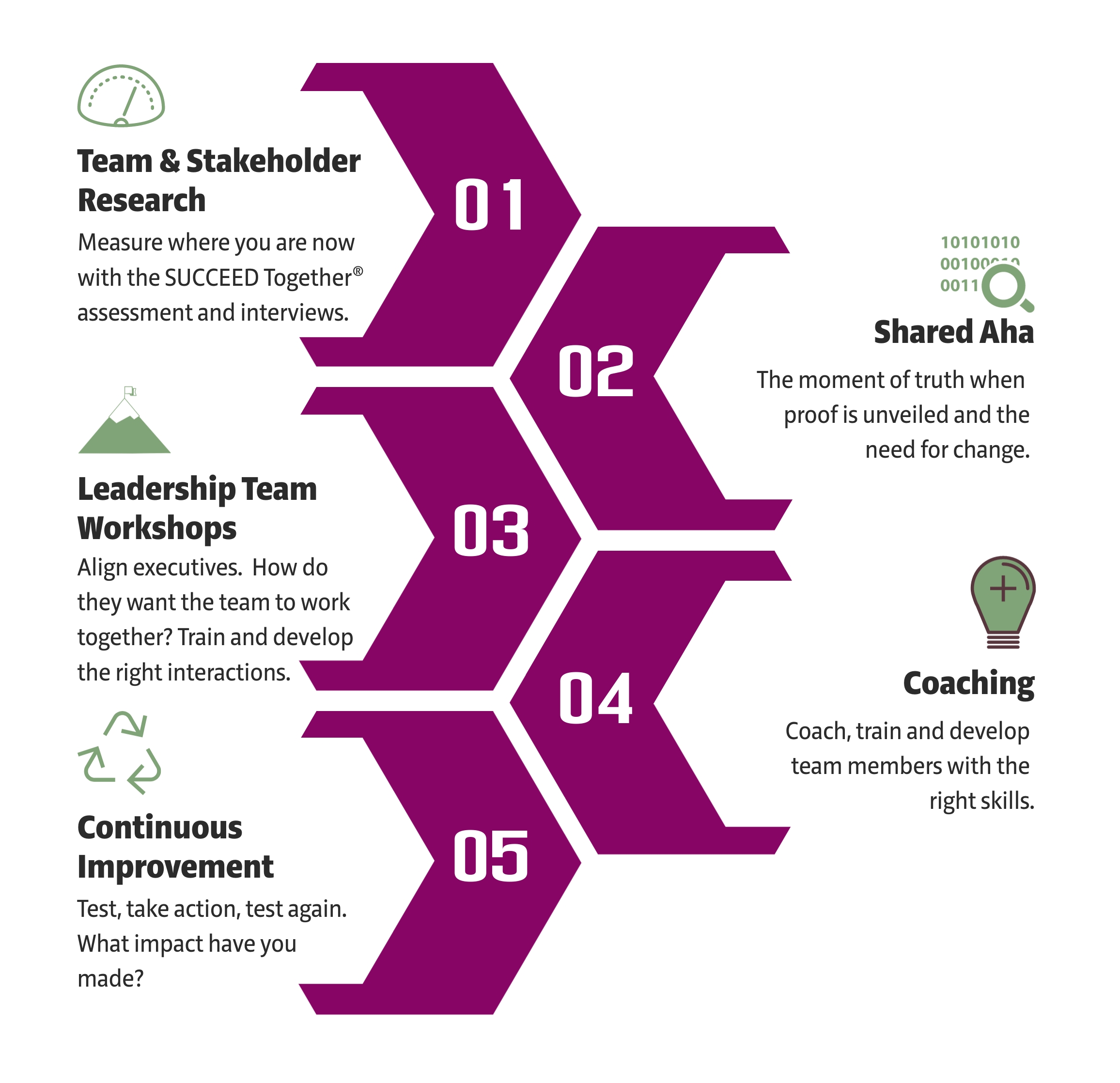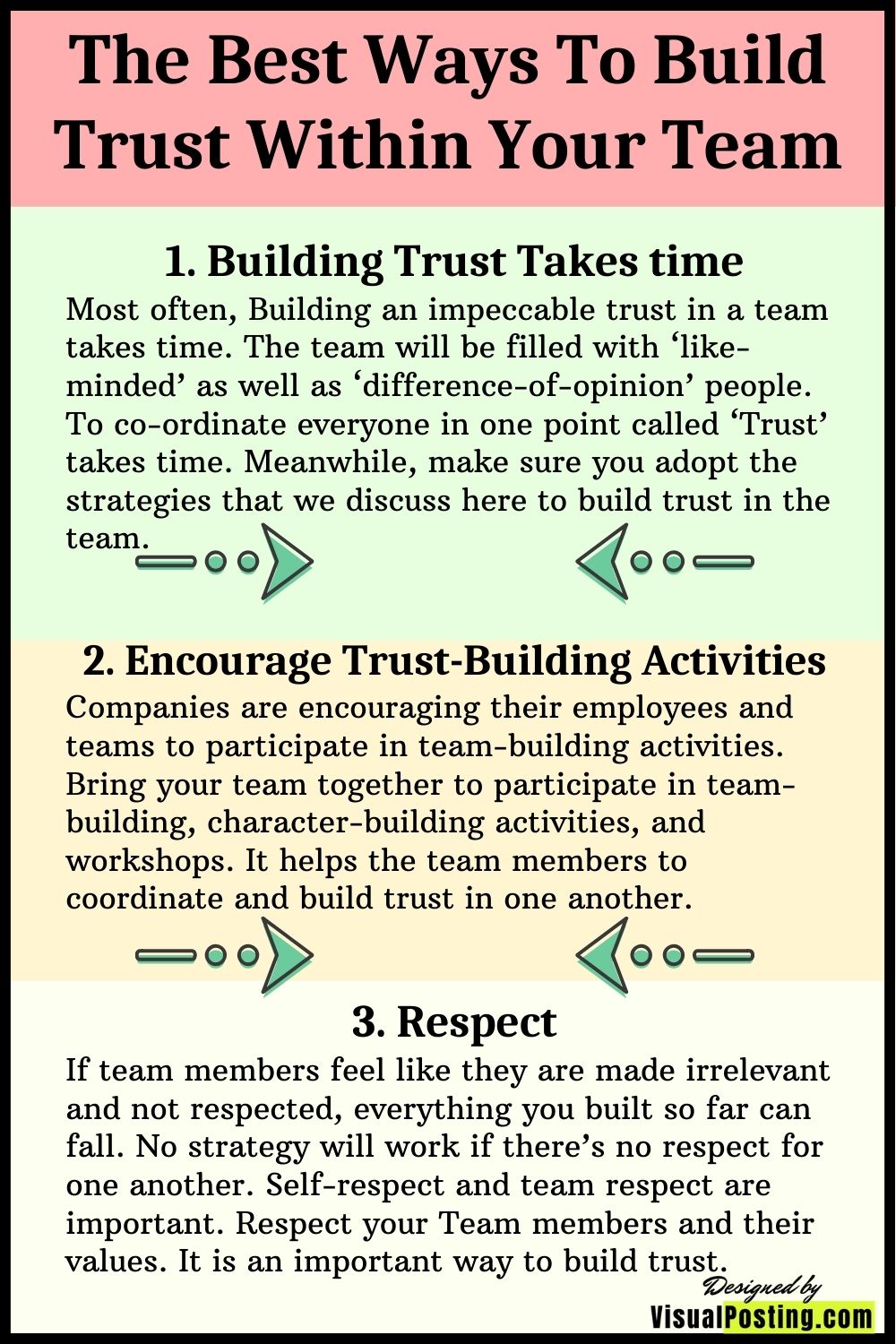Building Trust In Leadership Teams

Leadership teams across industries are facing a crisis: a significant erosion of trust. Recent data reveals a direct correlation between this lack of trust and plummeting productivity, innovation, and employee retention.
The impact of fractured trust within leadership is a critical issue. Businesses must act decisively to rebuild confidence and foster collaborative environments. This issue is not limited to one sector; it is pervasive across various organizational structures.
The Alarming Decline in Leadership Trust
Studies conducted by Edelman and Gallup indicate a sharp decline in employee confidence in senior management. Only 51% of employees trust their leaders to do what is right, a stark contrast to previous years.
This decline is attributed to several factors, including perceived lack of transparency, inconsistent communication, and failure to address employee concerns. The impact is felt throughout the organization.
The Cost of Distrust
The consequences of low trust are far-reaching. Companies with low trust levels experience a 36% decrease in employee engagement.
Reduced engagement directly translates to decreased productivity and profitability. Furthermore, high turnover rates exacerbate the problem, leading to increased recruitment costs and institutional knowledge loss.
Key Indicators of Distrust
Several key indicators point to a lack of trust within leadership teams. These include a reluctance to share ideas, increased gossip and negativity, and a general sense of unease among employees.
Employee feedback is often suppressed, and open communication channels become stagnant. These are crucial warning signs that require immediate attention.
Strategies for Rebuilding Trust
Restoring trust requires a multifaceted approach that focuses on transparency, communication, and accountability. Leaders must prioritize open dialogue and actively listen to employee concerns.
Implementing regular feedback sessions and establishing clear channels for reporting issues are crucial first steps. Leaders must also demonstrate integrity and consistently uphold ethical standards.
Practical Steps for Leaders
Leaders should focus on building personal connections with their teams. This includes actively participating in team meetings and making themselves accessible to employees.
Acknowledging mistakes and taking responsibility for errors are also critical. Transparency is key: leaders should openly share information about company performance and strategic decisions.
The Role of Human Resources
HR departments play a vital role in fostering a culture of trust. They should implement training programs that focus on leadership development, communication skills, and ethical decision-making.
HR should also serve as a neutral party for resolving conflicts and addressing employee concerns. Employee surveys and feedback mechanisms can provide valuable insights into areas where trust is lacking.
Looking Ahead
Rebuilding trust is an ongoing process that requires sustained effort and commitment from all levels of the organization. Companies must continuously monitor trust levels and adapt their strategies accordingly.
The path to success demands a proactive approach to cultivating a culture of transparency, communication, and accountability. Businesses must prioritize these factors to regain employee confidence and drive positive organizational outcomes. Next steps involve implementing immediate feedback systems and initiating leadership training programs.


















